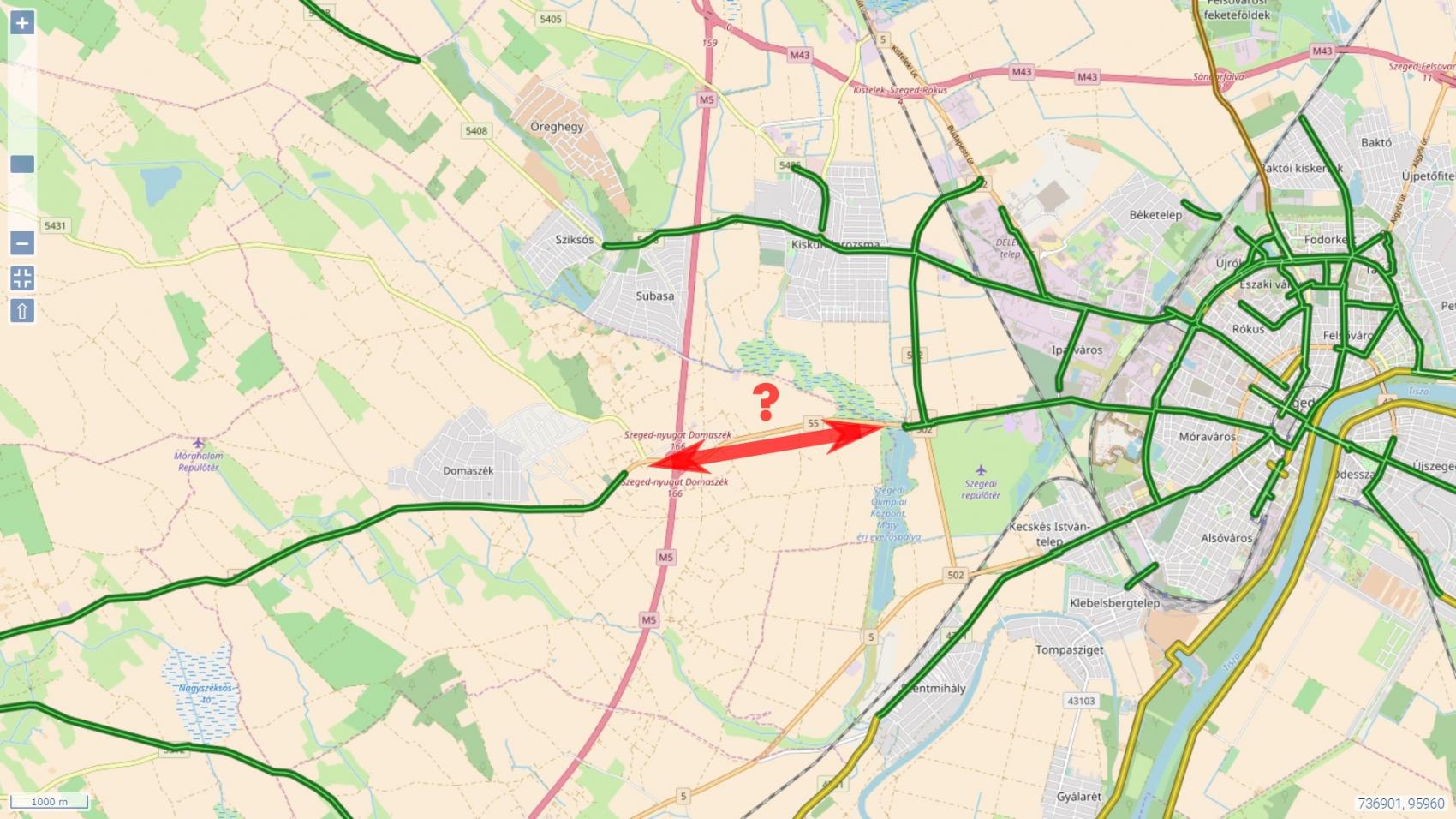RISM Directive for Cyclists - Interview with ECF Advocacy Director Adam Bodor
Mr. Adam Bodor, Advocacy Director of the European Cyclists' Federation (ECF), touches upon the current status of the EU Road Safety Management Directive (RISM), the impact said legislation has on cycling infrastructure, and how the ECF is advocating for amendments to the Directive that benefit cycling in Europe.
Mr. Bodor, could you give us a small overview of what the EU Directive on Road Infrastructure Safety Management (RISM) generally entails, and how it impacts cyclists as it stands today?
The Road Infrastructure Safety Management Directive (RISM)… a very complicated name, but in a nutshell it regulates how the roads, especially the major roads along Europe, should look like and how they are designed or how they are maintained. Currently, these trans-European roads are designed for cars and motorised vehicles, and the needs and the importance of active mobility (cyclists, walking, and in general other road users) are relatively neglected. That's what we would like to change now and we have a chance.
Can you give an example of a real-life situation were the current provisions of the RISM Directive led to negative consequences for cyclists?

As I mentioned, the current Directive is very much focused on cars or motorized vehicles. When I was in my former position working in Hungary as a cycling Commissioner with the national government in 2006, there was a new motorway built between Budapest and Belgrade in Serbia, which is part of the Trans-European Transportation Network (TEN-T). When this motorway was built, it was actually designed in a way that cuts the very ordered cycling connection between Szeged and Domaszék in two. Unfortunately, because the Directive at the European level did not regulate how or where the vulnerable road users’ active modes should be taken into account, the people who designed it and the people who built it didn't take into account the needs of cyclists. So, the cycle path is interrupted into two. We have a chance now because this regulation is up for revision, so we can change this. It means that if we manage to change it, in the future these kind of problems will not occur.
Given the negative impact to the lack of provisions on cycling in the RISM Directive, are there any efforts being made at the legislative level to change this?
Yes, we as the European Cyclists’ Federation have met with several stakeholders from the European Commission and from the European Parliament. I must say that we had a significant impact, they were listening to us. So, the European Commission proposal for the new legislation already looks much better than the earlier version. They were listening to us, but the members of the European Parliament went even further, and they asked for quality guidelines for cycling infrastructure which would make this proposal even more serviceable to the needs of cyclists and much more cycling friendly.
How have advocacy efforts from the ECF contributed to this shift in the legislative agenda for the RISM Directive, and does the Commission's current proposal fully cover the needs of cyclists?
As I mentioned, the Commission's proposal was already a step in the right direction. Well, I would like to ask everyone, especially the Member States, to support the European Parliament's additions to it because that's when it would become complete. These quality guidelines for cycling infrastructure could ensure that these major roads in Europe will be designed, built, and maintained in a way that cycling infrastructure is integrated, and high-quality cycling infrastructure is integrated when they are reviewed, built, or maintained. So, we would like to advocate for it further. I would also like to thank our [ECF] members for their support because they contacted the members of the European Parliament, so we were really listened to. But, this is the first step. We won the battle, but we haven’t won the war yet. The next step is to convince the Member States to take these proposals on board.
Will future big EU infrastructure project make it unsafe and more difficult to cycle or walk to work? That depends on the results of the on-going interinstitutional dialogue regarding the road infrastructure safety management directive. Pedestrians, cyclists and motorcyclist together call on the Council of the EU and the European Commission to take on board the amendments proposed by the European Parliament's Committee on Transport and Tourism, and, in particular, quality requirements for the needs of vulnerable road users.
News category:
Contact the author
Recent news!
Events
Contact Us
Avenue des Arts, 7-8
Postal address: Rue de la Charité, 22
1210 Brussels, Belgium






